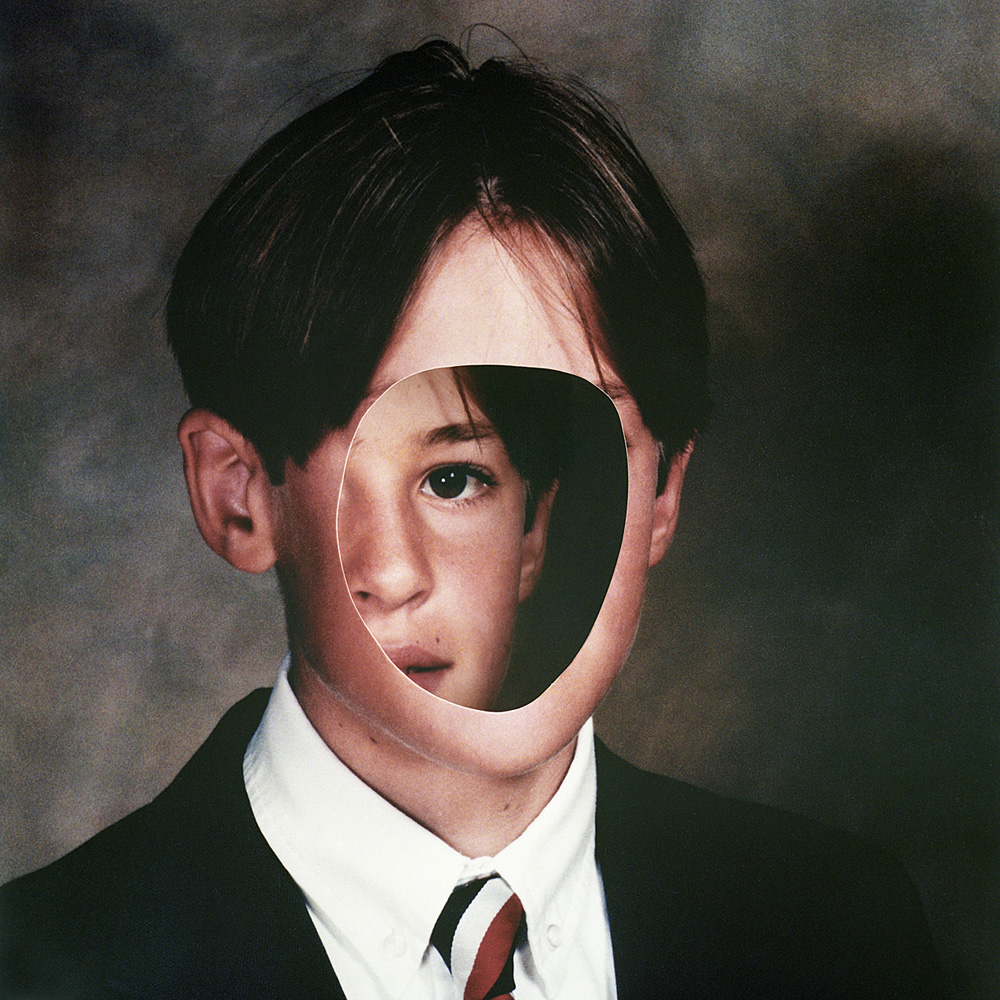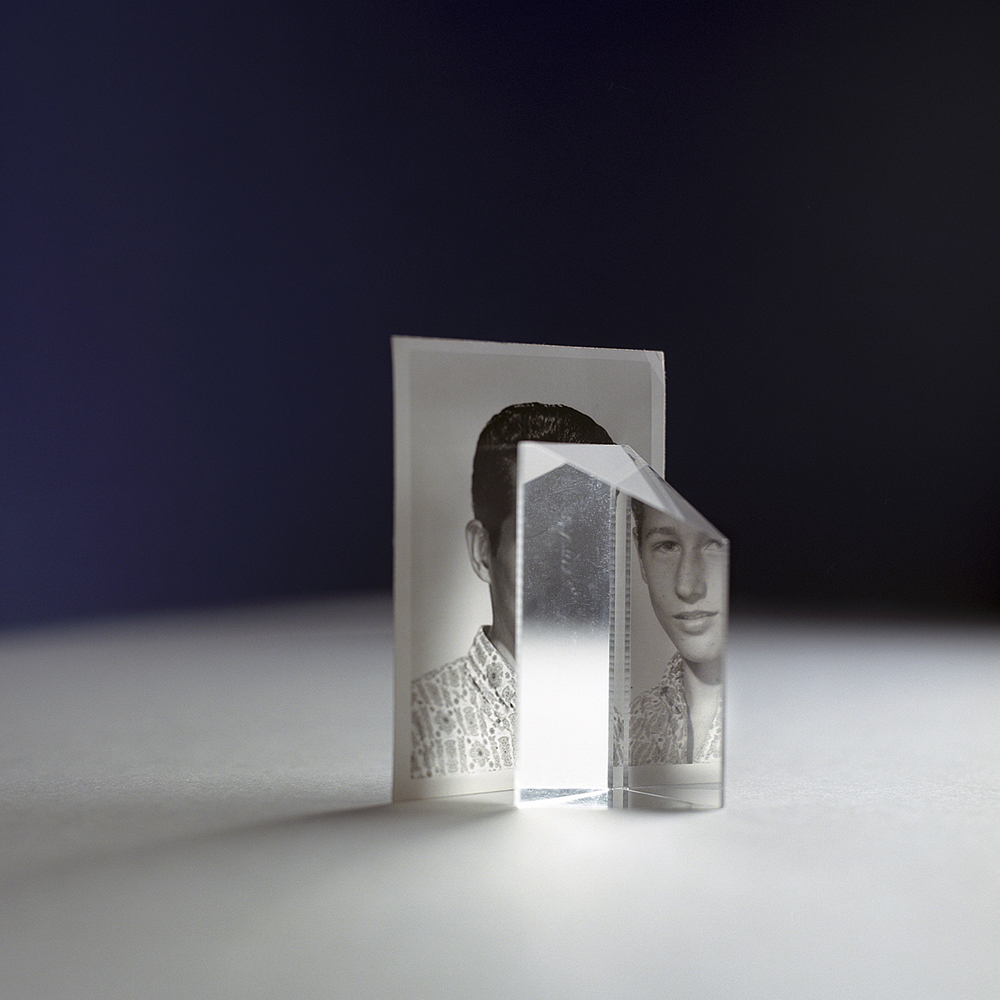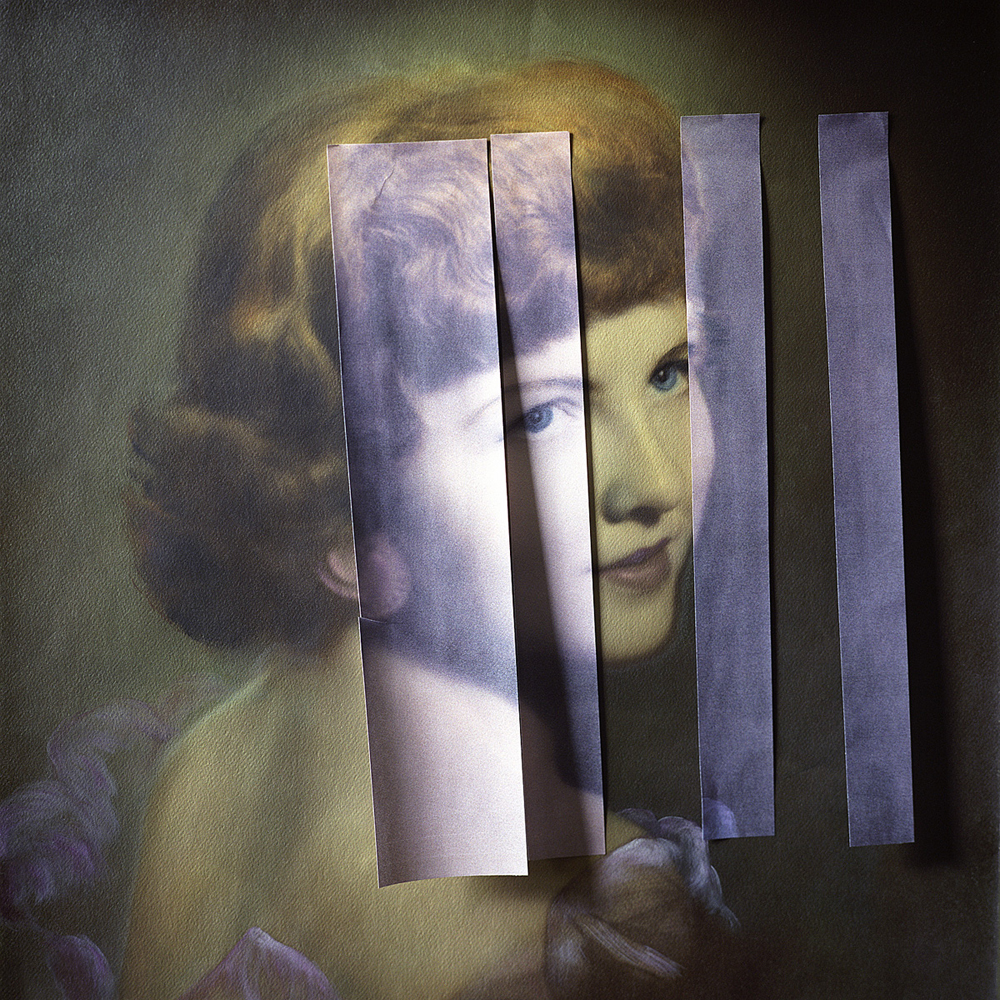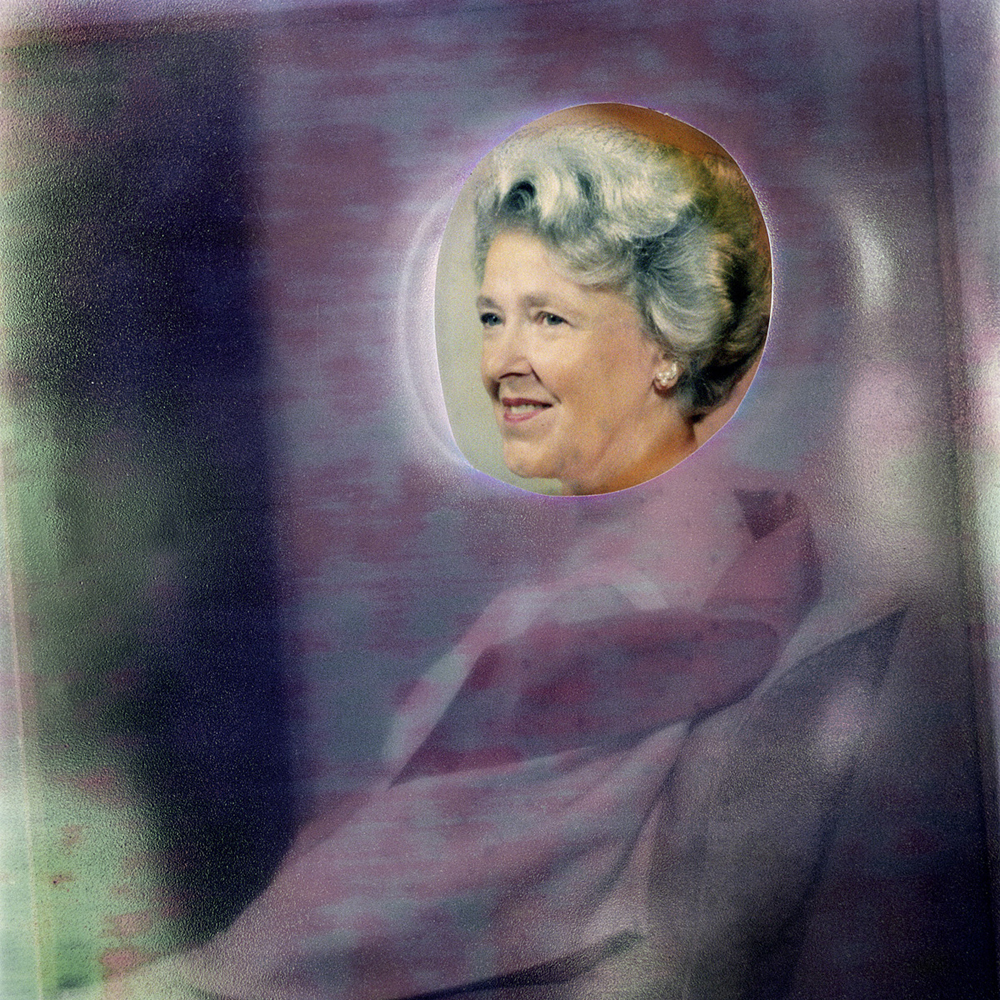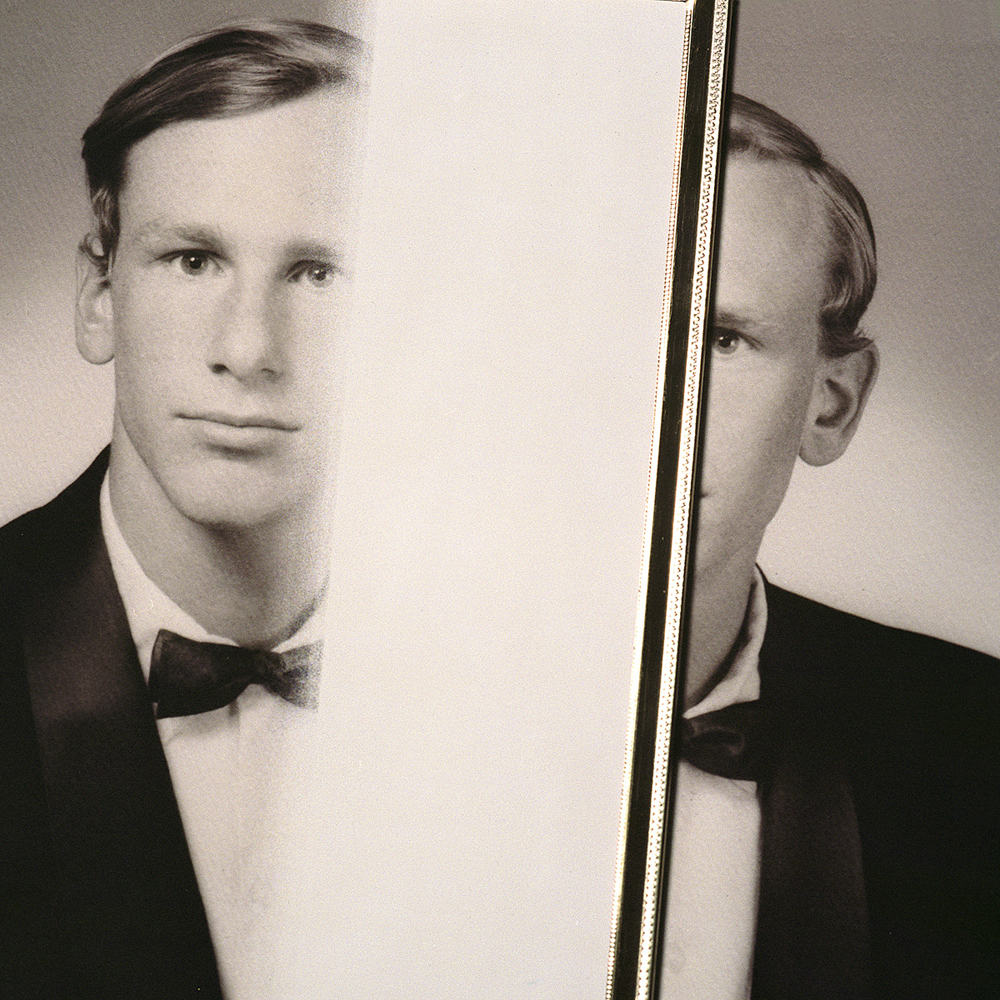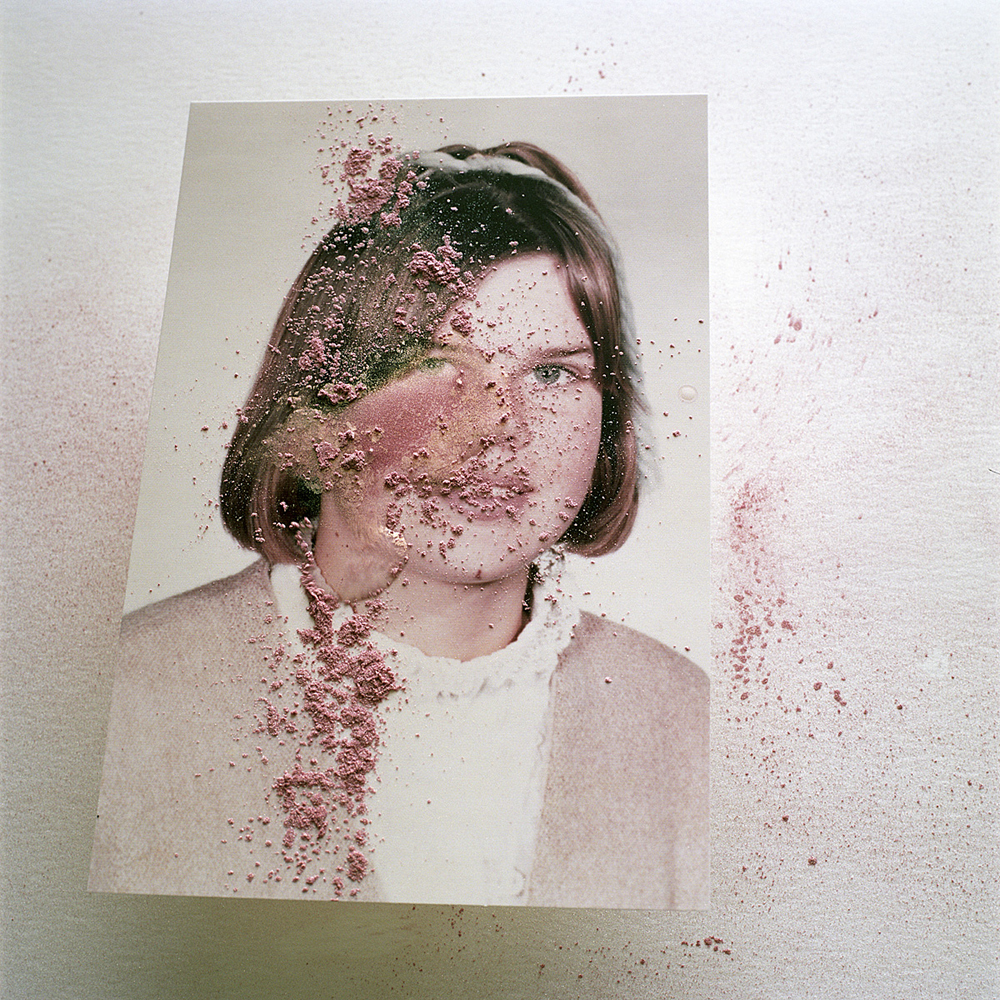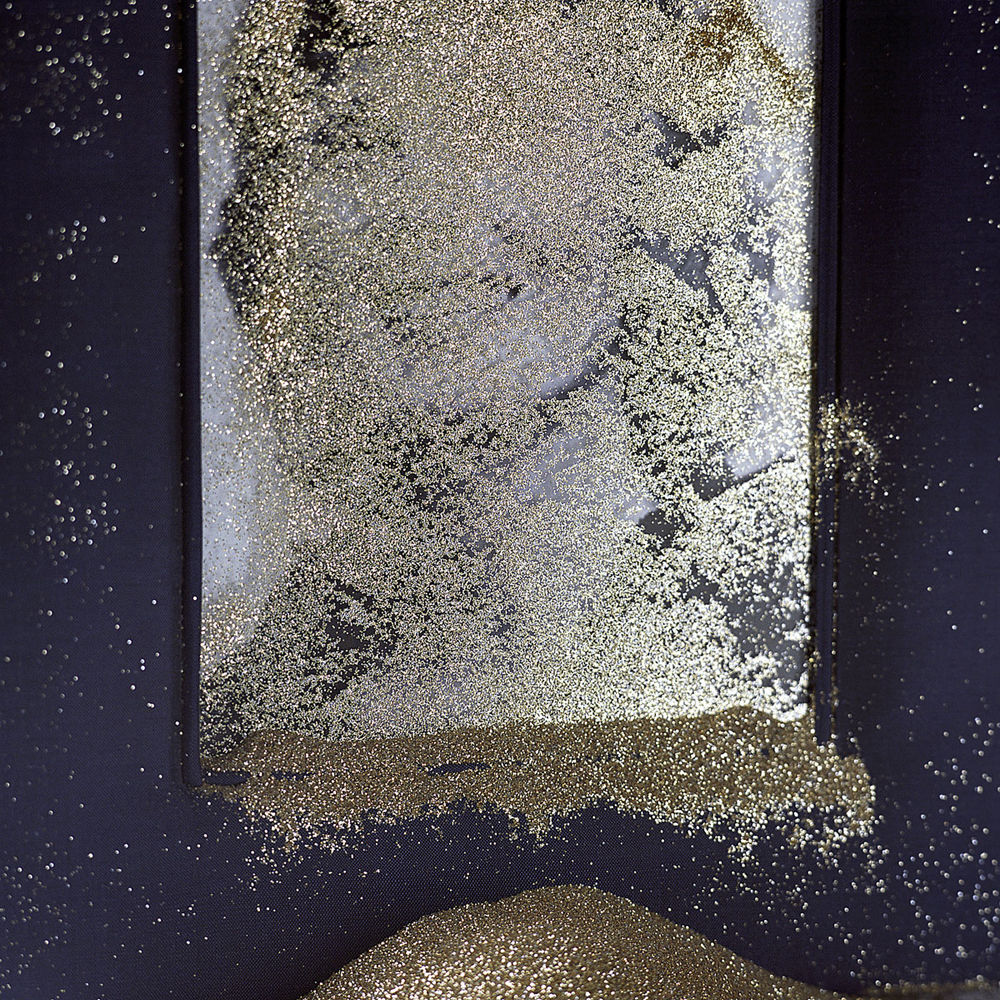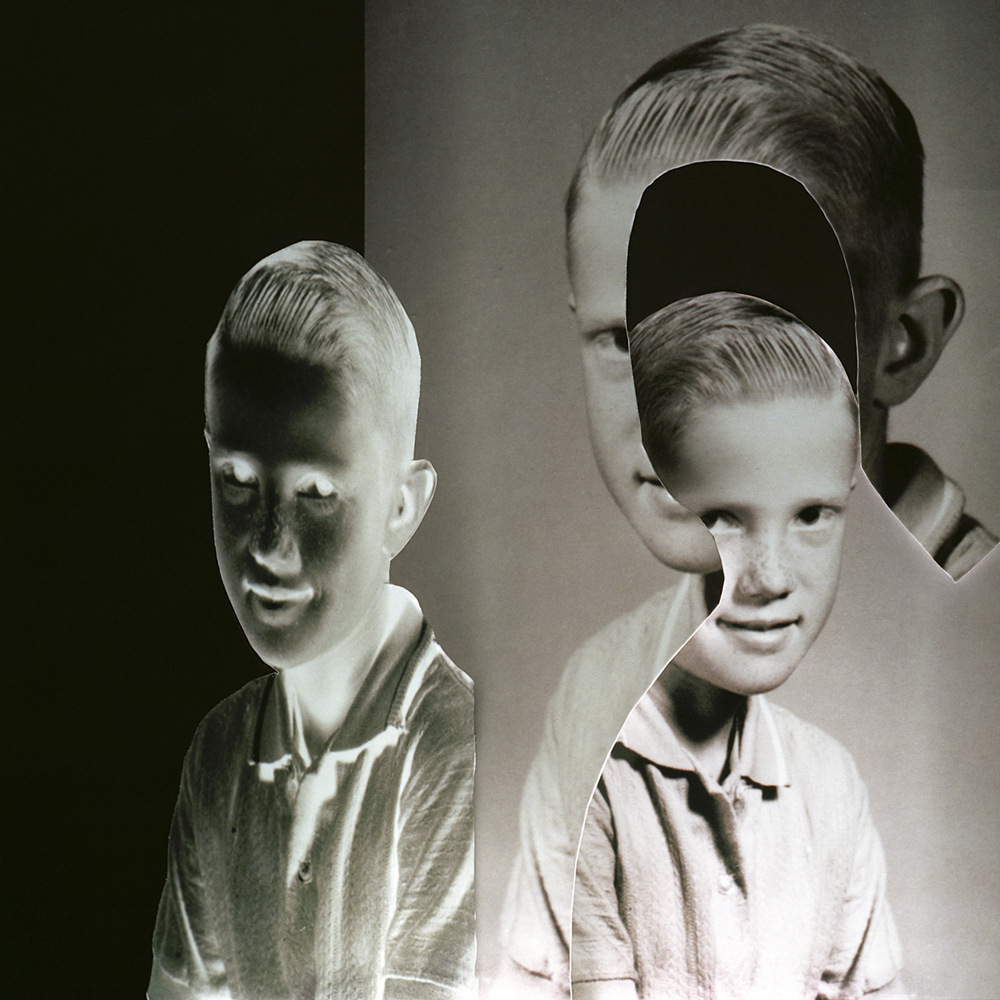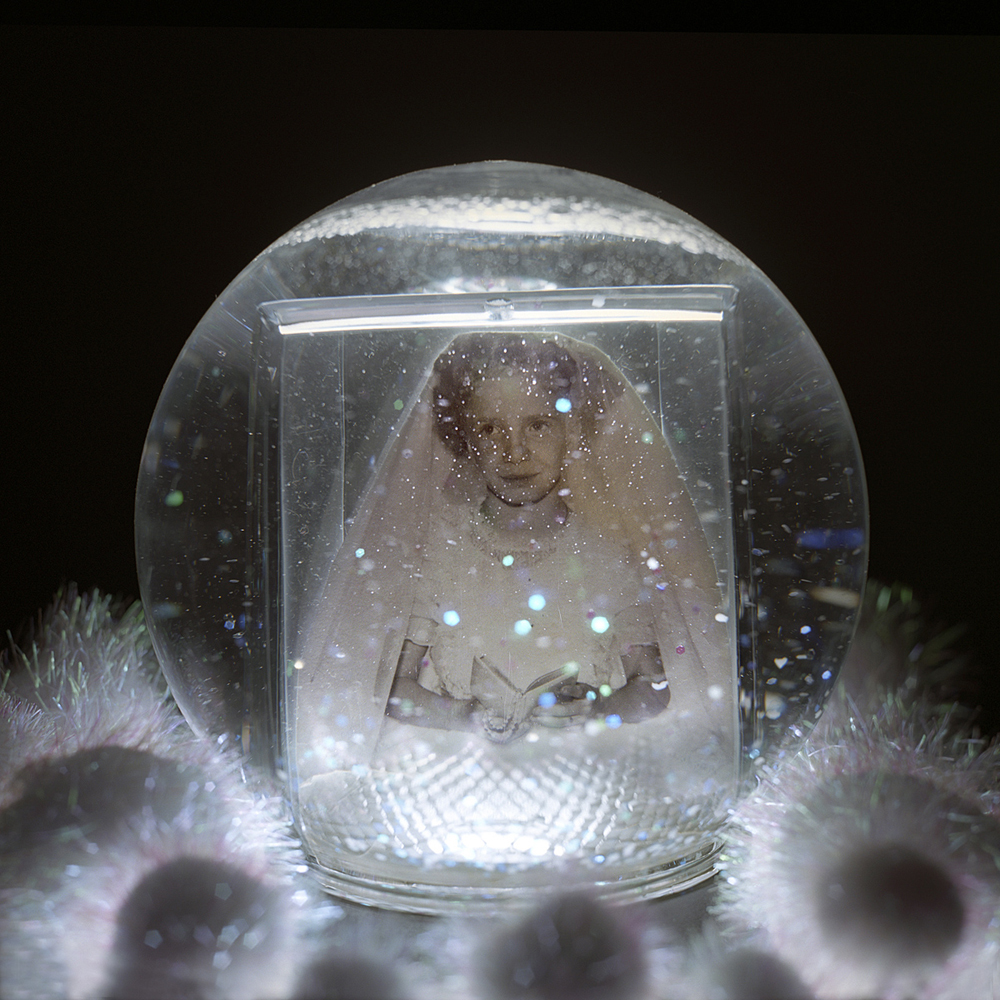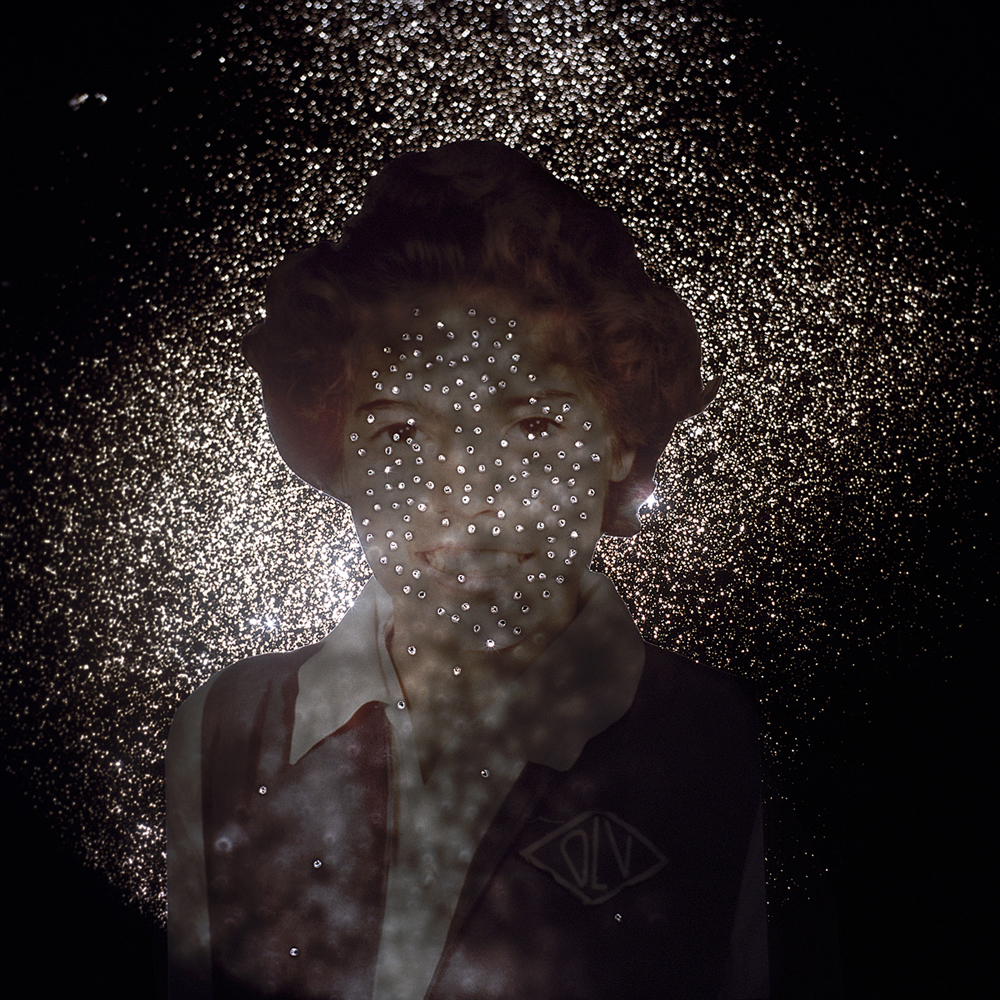Dana Stirling’s 2017 series and handmade photobook Property of The New York Public Library Picture Collection is a snapshot of a peculiar trove and vital resource.
In early August, we learned through artist Jason Fulford and this New York Times article that the New York Public Library administration made plans to remove its Picture Collection from circulation. The collection, often organized into folders or binders of images, has been an invaluable resource to artists, educators and the general public for years. It’s a trove of historical imagery - at times anonymous, often peculiar and magnetic to those obsessed with archival image culture, from Joseph Cornell to Larry Sultan and Mike Mandel, and Taryn Simon.
In 2017, after touring the collection with Fulford, artist, curator and co-founder of Float Magazine Dana Stirling began zeroing in on a binder of UFOs. The collection contains 300 images, from stark “portraits” of aliens you might recall from issues of the Weekly World News, to flying saucers and almost psychedelic-looking orbs implied to be “space-related.” What fascinated Stirling more than just the alien phenomena were 121 images within the collection methodically stamped with “Property of The New York Public Library Collection” on the face of the image.
“It became clear to me,” says Stirling, “that this stamp was more than just an odd archivist’s decision, and now an integral part of the image and its composition.” More than just a watermark or security note, the stamp became part of the image, an intervention that, for Stirling, altered the images’ meaning by imposing an “alien element.”
Amidst the uncertainty of the collection’s future (details on how you can help preserve its public-ness here), we caught up with Stirling to learn more about her project and importance of this vital and peculiar resource.
Jon Feinstein in conversation with Dana Stirling














